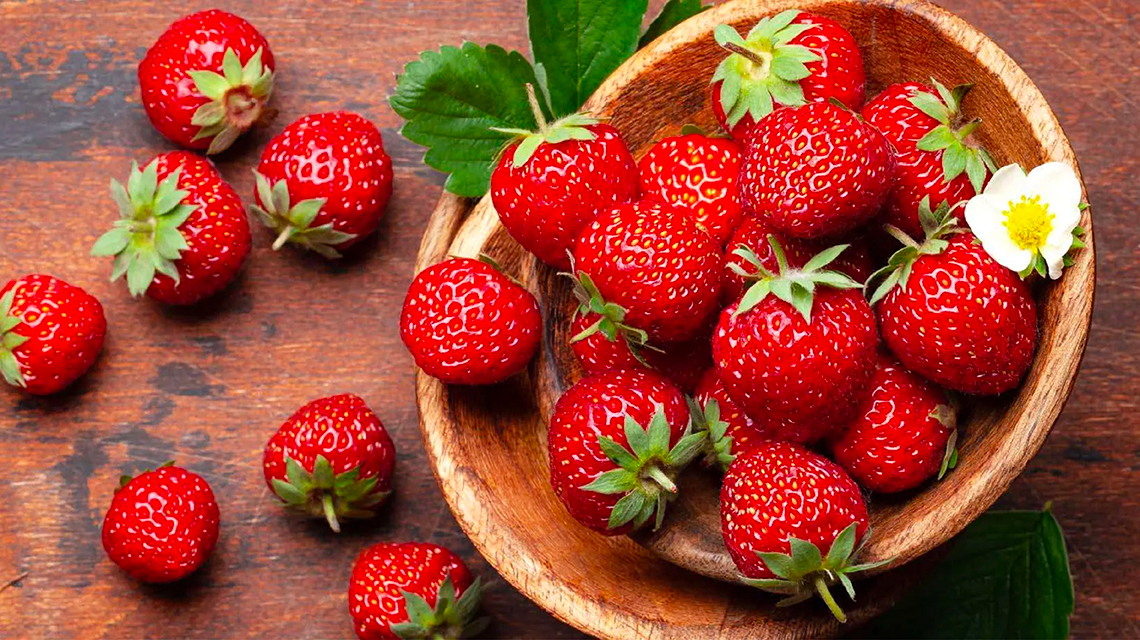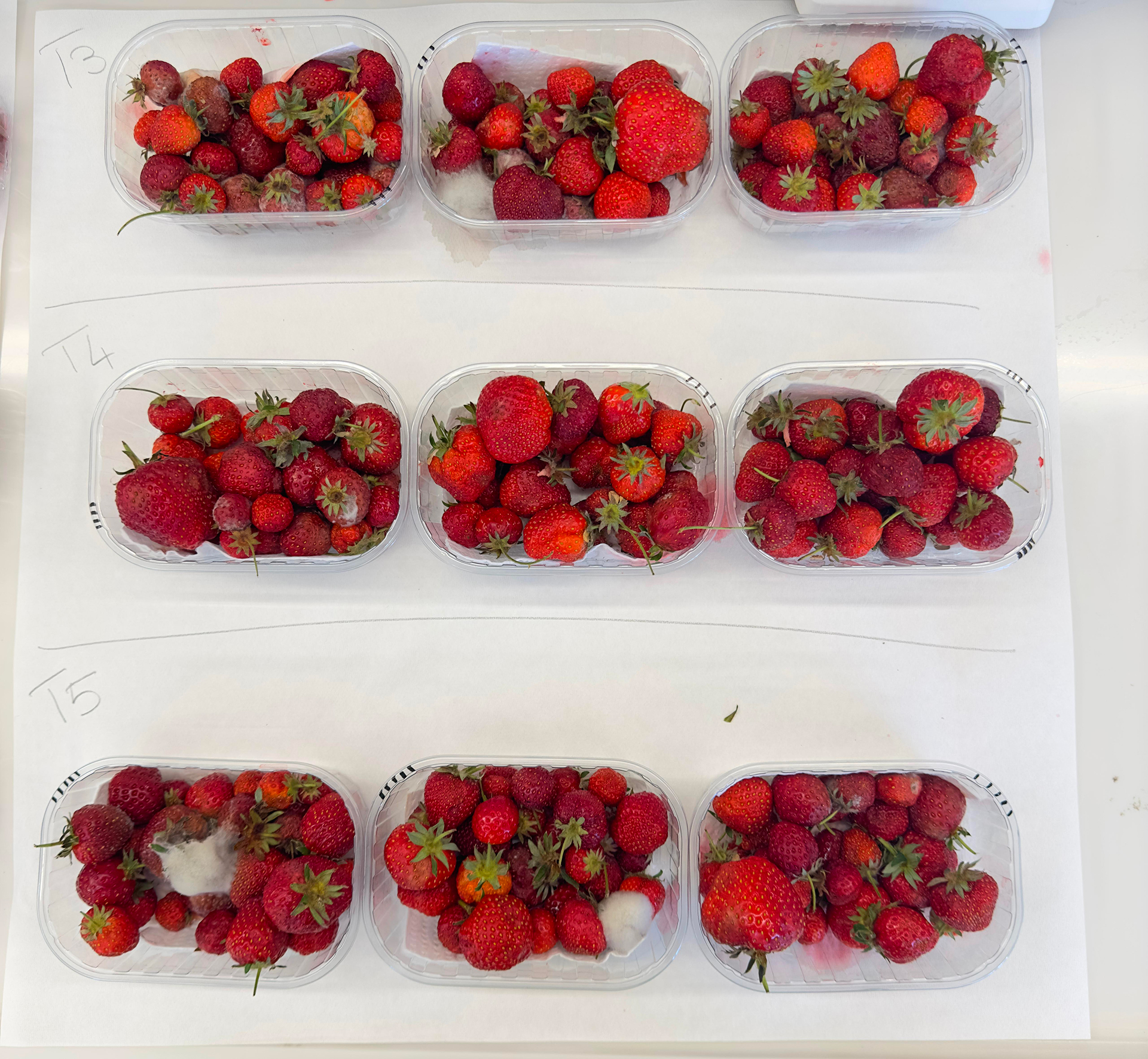Italian National Agency for New Technologies, Energy and Sustainable Economic Development

Agri-food: ENEA antimicrobial packaging extends shelf-life of strawberries
A study conducted by ENEA, in collaboration with the University of Tuscia and the company ILIP, aimed at promoting food safety and quality, reducing the environmental impact of the distribution chain and enhancing the value of Italian agri-food products, showed that packaging made with essential oils and other natural substances can keep Favette strawberries fresh for up to 12 days. The study was published in the international journals Frontiers in Microbiology, Journal of Microbiological Methods and the MDPI.
Native to Latium and included in the national list of traditional agricultural products, the Favette strawberry is an Italian excellence for its high levels of bioactive compounds, phenols and micronutrients. However, its high perishability limits its distribution and storage along the supply chain.
To counter the strawberrys sensitivity to foodborne pathogens, researchers conducted advanced analyses, selecting quality and safety markers to assess the effectiveness of strategies combining natural antimicrobial compounds like chitosan, nisin and gallium. The collaboration with the IBA Institute in Bucharest allowed to chemically characterize the new packaging to ensure the safety of materials for fruit and vegetable use and their compliance with EU regulations.
In addition to extending the shelf-life of Favette strawberries to 12 days, the research demonstrated the bactericidal effectiveness of essential oils combined with probiotics and postbiotics. In fact, microbiological analysis showed a significantly higher bacterial and fungal load in untreated strawberry samples.
“The project is a significant step toward creating sustainable and safe packaging, contributing to valorizing Italian agricultural products,” said ENEA contact person for the project Annamaria Bevivino, research director of the Sustainable Agri-Food Systems Division of the Productive and Territorial Systems Department of Sustainability, Circularity and Climate Change Adaptation.
“Moreover” she continued,”the adoption of biodegradable and compostable packaging reduces environmental impact, improves product preservation and enhances product quality, guaranteeing consumers fresh and nutritious strawberries for a longer period of time.
The activity was conducted as part of a PhD with the University of Tuscia and an ENEA research grant sponsored by the OnFoods partnership [1] , funded by the PNRR and in which ENEA also participates [2].
The research results were presented in the Microorganism interface - Innovative processes section of the international conference EFFoST 2024, held in Belgium last November. The value of the studies was also recognized at a presentation by Valeria Poscente, research fellow at the ENEA Sustainable Agri-Food Systems division, as part of the “Seeds of Innovation: SPVA PhD Research Symposium” held in Viterbo last February. For her presentation, the ENEA research fellow received a special mention for effective communication and technology transfer of the research activities.
For further study.
Notes
[1] ON Foods project “Rete di ricerca e innovazione sulla sostenibilità, la sicurezza e la protezione degli alimenti e della nutrizione – Lavorando sul Cibo”, Missione 4 “Istruzione e Ricerca,” Componente 2 “Dalla ricerca all’impresa” (Codice progetto PE00000003, CUP I83C22001790001, Investimento 1.3 creazione di “Partenariati estesi a università, centri di ricerca, aziende per il finanziamento di progetti di ricerca di base
[2] ON Foods project - Spoke 2 “Smart and circular food system and distribution”, coordinated by the CNR, and Spoke 3 “Food safety of traditional and novel foods”, coordinated by the University of Bari.


